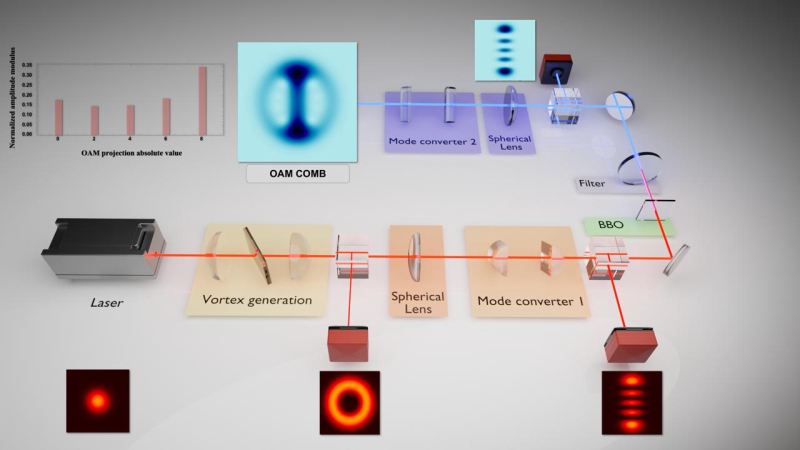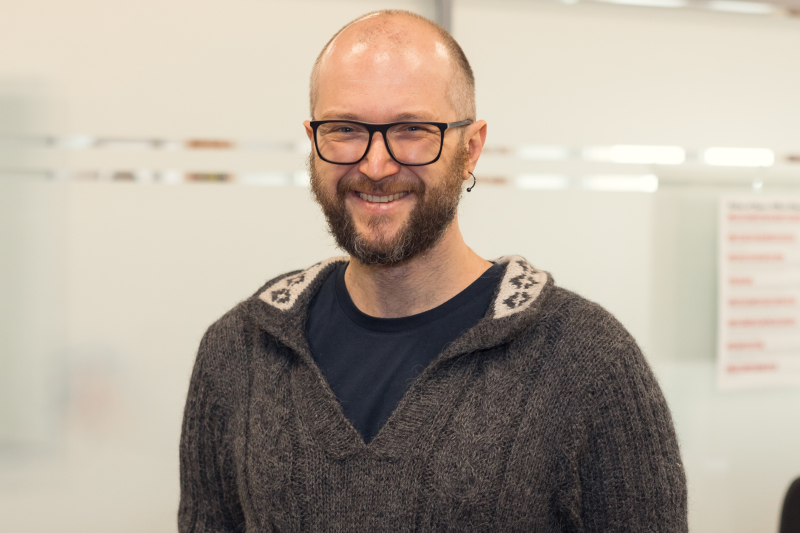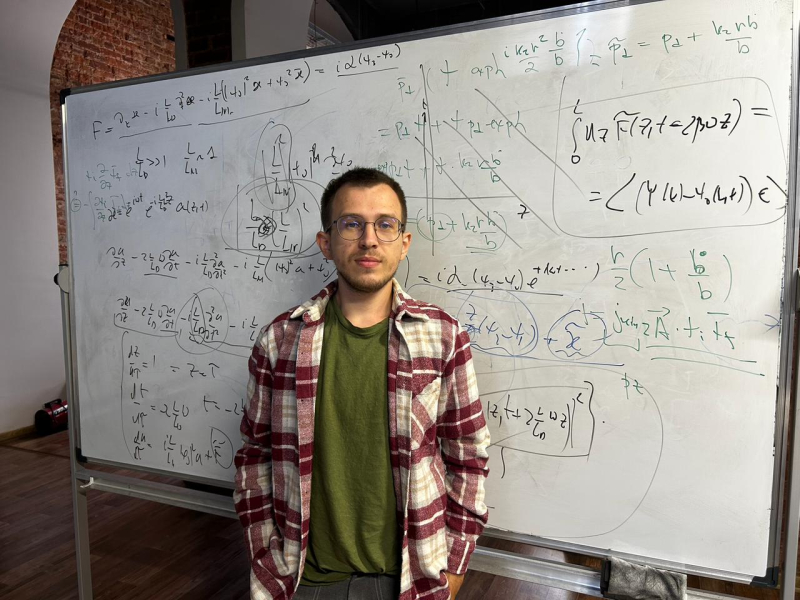A team of Russian scientists has suggested a simple way to increase the capacity and reliability of free-space optical communication. This is done by controlling the structure and composition of a “comb” made from vortex laser beams, with each beam functioning as a separate data transmission channel. The corresponding study was published in Nano Letters.

Photo by jirihojda.email.cz / photogenica.ru
Satellites transmit information to each other via free-space optical communication. It works similarly to optical Wi-Fi: the data is encoded into a laser beam, which is then transmitted to a receiver. As this technology doesn’t require a fiber-optic cable, it can quickly and easily be implemented anywhere. However, the carrying capacity of free-space communication currently reaches only 20 Gbit/s (meanwhile, fiber-optic communication systems can support data transfer speeds of up to 100 Tbit/s), while clouds and dust affect the stability of the optical signal.
Reliable high-speed connection can be achieved with “twisted” light beams – vortices. Unlike “untwisted” light, they possess not only the frequency and amplitude (light radiation intensity), but also a projection of the orbital angular momentum. The latter is a parameter that makes it possible to create several independent data transmission channels, akin to different radio frequencies. The more projections there are, the more information can be encoded into a single beam. Additionally, these projections do not interfere with each other, enabling reliable data transmission.
Such vortex beams with projections of the orbital angular momentum can be created with an “orbital comb”: it generates a multitude of “twisted” beams, each with its unique value of orbital angular momentum. However, the “orbital comb” itself is usually formed with technically complex devices – special light modulators, metasurfaces, and other advanced optical elements.
Researchers from ITMO’s School of Physics and Engineering have developed a simple and reliable way to produce a set of vortex beams with varied orbital angular momentum values. With their design, it’s possible to not only create a “comb,” but also control it – and thus control each separate vortex beam. This will make it possible to encode and transmit information more reliably by increasing the capacity and stability of optical communication channels. Physicists from Kurnakov Institute of General and Inorganic Chemistry and National Research University of Electronic Technology also took part in the study.

A special diffraction grating turns a laser beam into an optical vortex with desired properties. The vortex is then transformed into a transitional light structure. In its turn, this structure passes through a nonlinear crystal and forms the basis for the orbital comb. The final transformer creates the comb, a combination of optical vortices that’s ready for practical applications. Image courtesy of Stanislav Baturin
The optical “comb” is created in several steps. A laser beam from a femtosecond laser passes through a special diffraction grating with a topological defect; thus, it becomes a vortex beam and acquires a new parameter – the projection of the orbital angular momentum. In shape, the resulting beam resembles not a solid round spot but rather a “donut”. Then it changes its mode type (the state of the electromagnetic field) in the first converter and passes through a nonlinear crystal. Thanks to these two transformations, the shape of the donut smoothly turns into an array of ordered points, as if it was combed through; the frequency of the vortex beam doubles and simultaneously the number of components with projections of orbital angular momentum in the beam increases. At this moment, the beam’s structure is fixed and becomes resistant to distortions. The final converter transforms the array of points into a true optical “orbital comb,” resembling a pig's snout, with different values of orbital momentum projections. These do not interact with each other and each projection independently transmits its part of the information.
“Our approach is to use a strong nonlinearity as an optical converter for recording data. We transform the initial vortex beam with a slim crystal of beta-barium borate into an array of vortex states – an orbital comb. The first converter allows us to choose which amplitudes to include into the beam after the nonlinear crystal. By using the crystal to change the parameters of the initial beam, we encode information into the comb’s amplitude structure. This structure is resistant to optical distortions and will remain stable during data transmission without a strong external nonlinear influence. That’s why we can encode large amounts of data and transmit them, for example, between satellites, without the fear of losing data,” explains Stanislav Baturin, one of the paper’s authors and a leading researcher at ITMO’s Faculty of Physics.

Stanislav Baturin. Photo by Dmitry Grigoryev / ITMO NEWS
This new method of producing a “comb” can be potentially used to achieve reliable and fast communication in space. In the future, the researchers are planning to develop methods that can transmit signals not just in vacuum, but also in the air.
“The next step for us will be the development of a demodulator – a device capable of “dissecting” the acquired optical signal into separate channels based on their orbital angular momentum. Combined with the orbital comb generator, this will create a complete data transmission system, where both the receiver and the transmitter will work as an optical counterpart of multichannel radio communication: the transmitter forms several independent channels within a single light beam, while the demodulator extracts each channel for further processing,” shares Daniil Litvinov, the first author of the study, a PhD student at the Faculty of Physics.

Daniil Litvinov. Photo courtesy of the subject
This study is supported by the national program Priority 2030 and Russian Science Foundation grants (No.24-72-10038 и No.20-79-10322).
